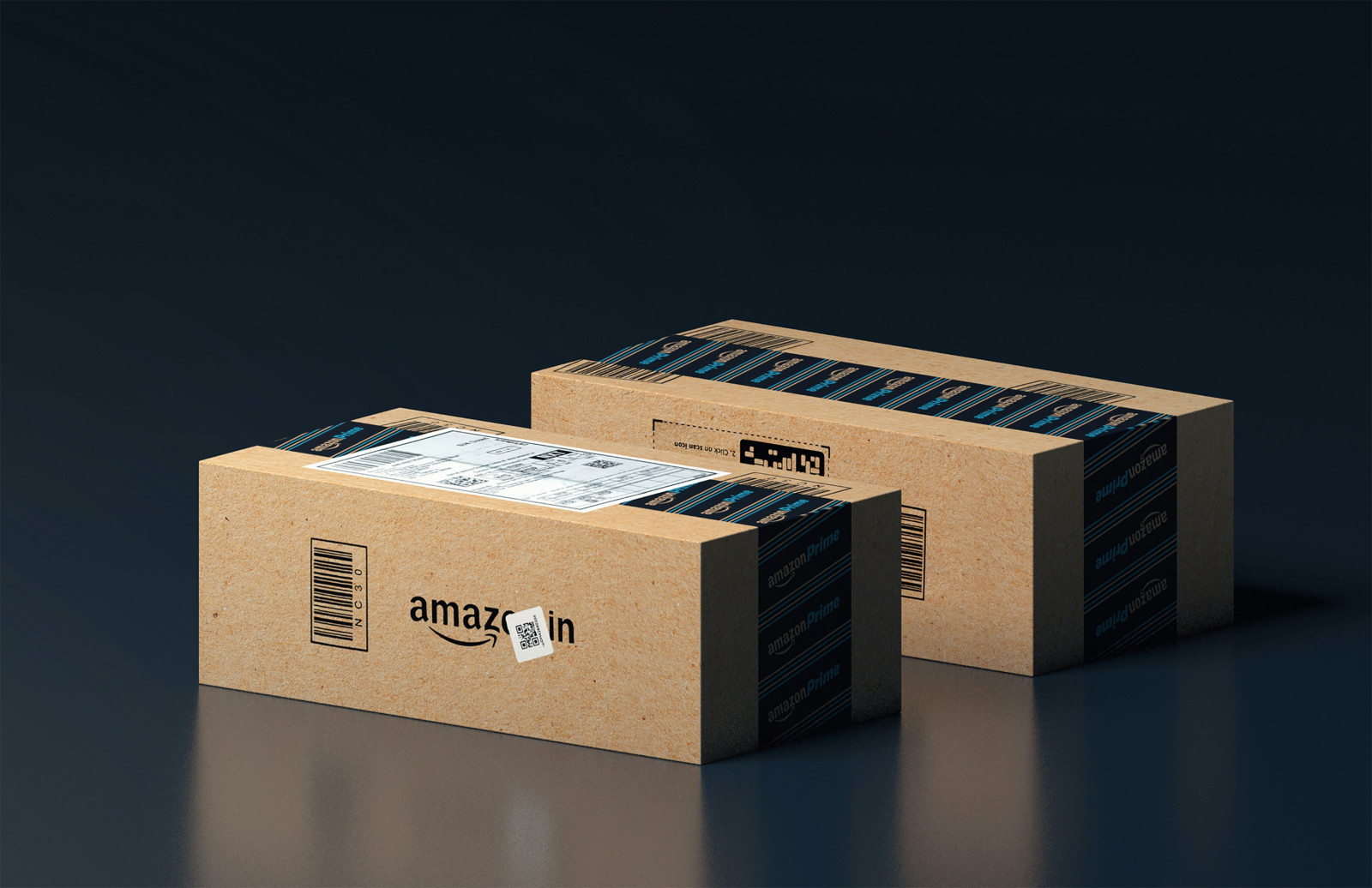Amazon one – family Christmas nil

Photo: ANIRUDH

Ever since the English Premier League (EPL) awarded rights to tech major Amazon in June 2018, the excitement for December 2019 and how Amazon’s live stream delivery would pan out has been palpable. The EPL has long prioritised revenue over reach when entertaining rights bids, but this legacy approach is approaching an inflection point; its addressable audience is ageing, increasing the importance of striking a distribution deal with a digital outlet in order to target younger demographics.
First pass completed?
On Tuesday 3rd December, Amazon live-streamed its debut EPL coverage, starting with two games of Crystal Palace versus AFC Bournemouth and Burnley versus Manchester City. Amazon then streamed eight more fixtures over the following two days. Amazon looked to avoid the pitfalls so many other insurgent streaming services succumbed to, having failed to effectively transmit concurrent streaming of live sports to the masses due to latency issues. Recent examples of Eleven Sports in the UK, Optus and Spark Sport in Australasia sent warning shots to rights holders about partnering with digital-first services, with technical issues preventing consumers establishing positive sentiment with the coverage. This is becoming an increasingly important prerequisite given the battle for consumer attention in this post-peak attention economy.
Offside? VAR checking goal
Amazon’s debut was not immune to problems, with EPL fans expressing their anguish at experiencing buffering issues and delays of feed (per Variety). As outlined by The Daily Record, time lag was one major criticism Amazon will need to address, resulting in live score updates from other apps and social media updating customers before the goal was shown being scored on Amazon’s broadcast. Through a time delay, Amazon was largely able to avoid latency buffering issues, with a widely reported high-quality picture pleasing fans (via BBC). But with this delay came spoilers, something consumers, especially sports fans will not tolerate.
Consistency appeared to be Amazon’s main prerogative, not only employing 73 pundits and presenters for the matches – typically seen on other competing broadcasters’ coverage, but also keeping branding to a minimum. Viewers were pleased with the new features which Amazon provided, such as the ability to access line-ups, statistics and highlights, while also enabling the ability to opt out of listening to commentary and instead listen to the stadium atmosphere, which was well received.
The pre-stream concern was whether Amazon would be able to serve a high-quality picture on Wednesday 4th when it had six games to stream simultaneously to a potential significant concurrent audience. Amazon appears to have delivered on this, with its next big challenge coming on boxing day, when it delivers the exclusive broadcasts for nine EPL games (six of which kick-off simultaneously at 3pm).
Featured Report
India market focus A fandom and AI-forward online population
Online Indian consumers are expected to be early movers. They are high entertainment consumers, AI enthusiasts, and high spenders – especially on fandom. This report explores a population that is an early adopter, format-agnostic, mobile-first audience, with huge growth potential.
Find out more…Amazon is recession proofing its offering, having illustrated its intent for live sports with its Thursday Night Football (TNF) domestic US rights, which it has held since the 2017 season and recently extended to enable its gaming streaming platform Twitch to live stream broadcasts. Diversifying Amazon’s services to serve multiple use cases increases the likelihood of retaining consumers within its ecosystem during a given day, be it shopping, music or consuming scripted drama. Now owning a compelling set of sporting rights (including WTA and ATP tennis tours and US Open in the UK) increases the proposition’s appeal to rights holders and consumers alike.
Look for Amazon to play an increasing role in sports rights tenders, targeting the premium rights in their respective domestic markets. Just last week, Amazon disrupted the German market, acquiring the UEFA Champions League (UCL) rights, for 16 exclusive fixtures per tournament during the group and knockout stages for three seasons, starting in 2021. This, alongside DAZN and Sky Deutschland, which also hold UCL German rights, showcases how streaming sports is establishing itself in the sports rights landscape.
Streaming is a rights holder’s super sub
If the EPL is serious about expanding its reach, partnerships with subscription-video-on-demand (SVOD) services need to become normal practice. Not only do 16-34s account for over a third of UK SVOD subscribers, but this demographic is 20 percentage points more likely to hold SVOD subscriptions over pay-TV subscriptions (source: MIDiA Research). This illustrates how important streaming is for the EPL when considering engaging with the younger digital audience, with Amazon’s intent on establishing itself as the go-to platform for digital natives. However, everything is relative.
Amazon should be able to pull in a younger audience compared to traditional pay-TV but currently resonate more with the older end of streaming audiences. UK Amazon Prime Video WAUs (weekly active users) are on average 39 years old compared to 38 for Netflix but 44 for pay-TV. The irony is that Sky’s streaming app Now TV averages just 36. So, the EPL could potentially do better de-aging its audience through an incumbent TV company’s streaming app than through a streaming pure play.
In order for the EPL to improve the demographic distribution of those watching the EPL (currently only 11% are aged 16-24, with over 45s accounting for 52% of the viewing audience (source: MIDiA Research), the EPL must look to increase its digital exposure, and if Amazon can continue to deliver a buffer-free, high-quality live stream, the aging audience concern will start to be meaningfully addressed.

The discussion around this post has not yet got started, be the first to add an opinion.